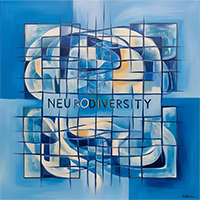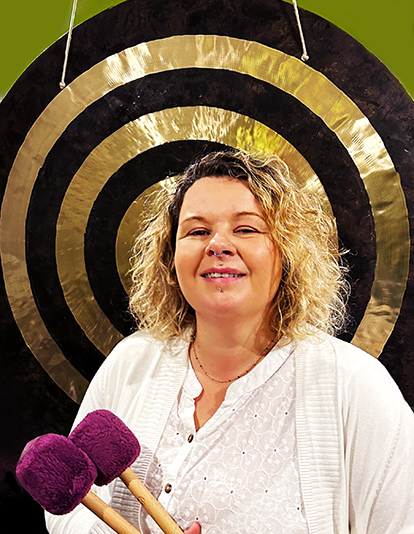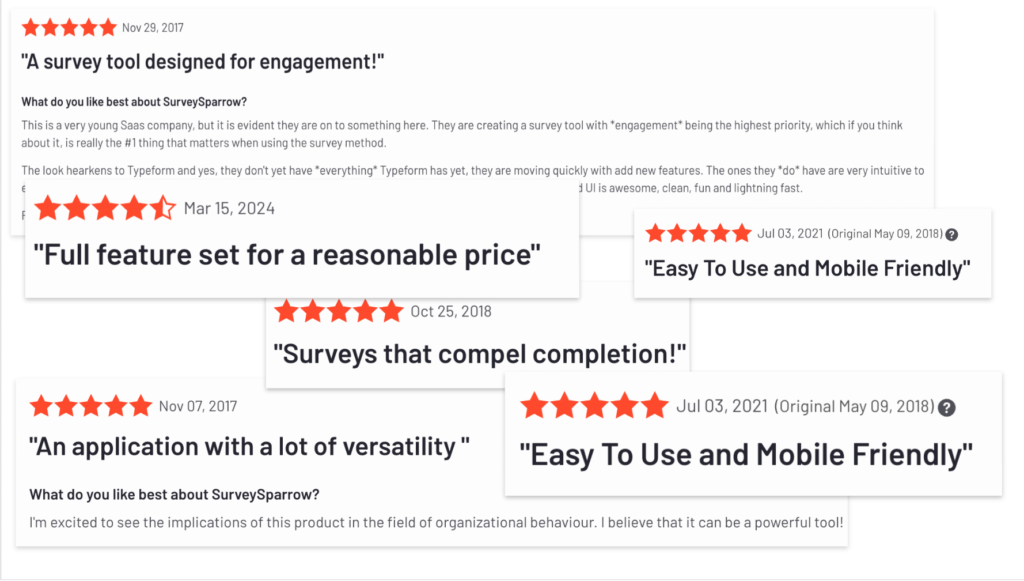Serenity Sound Therapy
Helping You To Heal
What is sound therapy?
Sound therapy uses sound, music and specialist instruments played in therapeutic ways, combined with deep self-reflection techniques to improve health and wellbeing. I combine therapeutic sound methods using gongs, Himalayan bowls and crystal bowls which have been proven to affect the mind, body and emotions in many beneficial ways. It’s a non-invasive, drug free approach to better mental and physical health.

What can sound therapy help with?
Anything you would take to a talking therapist you can bring to a therapeutic sound practitioner. This unique therapy can unlock mental & emotional barriers as well as relieving physical symptoms such as pain and muscular tension. A Himalayan bowl ‘on the body’ massage and gongs can help support the relief of physical ailments. It’s a great way to overcome your blocks, deepen understanding of your unique mind-body connection and see results in a positive direction. If your need is to purely relax and de-stress, then sound therapy could work for you.
What can sound therapy help with?

Anything you would take to a talking therapist you can bring to a therapeutic sound practitioner. This unique therapy can unlock mental & emotional barriers as well as relieving physical symptoms such as pain and muscular tension. A Himalayan bowl ‘on the body’ massage and the gongs are reported to be the most effective with physical ailments. It’s a great way to overcome your blocks, deepen understanding of your unique mind-body connection and see results in a positive direction. If your need is to purely relax and de-stress, then sound therapy could work for you.
Sound therapy could help support with symptoms of:
- Depression
- Emotional issues
- Stress
- Trauma
- PTSD
- Anxiety
- High blood pressure
- Sleep disorders
- Chronic pain
- Fatigue
- Joint Pain
- Migraines
What if you are neurodiverse?

What if you are neurodiverse?

What does a sound session look like?
** An initial discussion will take place to find out what you’d like to work on. I’ll then create a tailored sonic prescription that will help.
** In our first one to one session, we will explore your mental framework around the matter, also known as ‘The Construct’. This differs from person to person as constructs form by our individual life experiences, and also help to create our unique personalities, play a role in our behaviour, decisions, beliefs, and interpersonal relationships.
** Then you’ll lie or sit down comfortably with a blanket and eye mask if required, and listen to the sound wash over you as I play, using the instruments in a certain way to influence brainwave frequencies, enabling you to enter an altered state of consciousness through brainwave entrainment which is a deeply relaxing state of mind like meditation. This will last around 45 minutes, including percussion to bring you gently back to a wakeful state.
** If your symptoms are physical I recommend trying a Himalayan bowl 'on the body' massage, and you will physically feel the healing vibrations, deeply.
** We’ll talk again using guided reflective practice to help make sense of your experience, and this all takes place in a friendly, non-judgmental manner giving you renewed insight and optimism for change.
**A block of 4 sessions is recommended to really tackle something and create more flow in your daily life. If you feel less or more sessions work for you, then this is ok too.
What can you expect to feel like during a session?

You might be able to feel tingling vibrations of physical sound waves on your body with areas becoming hot or cold. It could take a few minutes to let go at first, but once the session progresses and you relax more, it’s likely you’ll be able to feel and name different physical sensations, emotions and memories that come up for you triggered by the sound. Clients say it feels like drifting into a daydream or meditative state, almost asleep, yet still aware. Heightened emotions such as bliss, peace and tranquillity may arise alongside feelings that could be unexpected, but highly relevant to your healing journey. The sense of floating is often reported and in this relaxed state, our breathing, heart rate, and blood pressure decrease which reduces stress hormones, and triggers the release of feel-good chemicals in the brain. When the sound has finished and you come back to the space, it often feels like you have just woken from a restful power nap so a few minutes to breathe deeply and ground yourself helps with this.

What can you expect to feel like during a session?
You might be able to feel tingling vibrations of physical sound waves on your body with areas becoming hot or cold. It could take a few minutes to let go at first, but once the session progresses and you relax more, it’s likely you’ll be able to feel and name different physical sensations, emotions and memories that come up for you triggered by the sound. Clients say it feels like drifting into a daydream or meditative state, almost asleep, yet still aware. Heightened emotions such as bliss, peace and tranquillity may arise alongside feelings that could be unexpected, but highly relevant to your healing journey. The sense of floating is often reported and in this relaxed state, our breathing, heart rate, and blood pressure decrease which reduces stress hormones, and triggers the release of feel-good chemicals in the brain. When the sound has finished and you come back to the space, it often feels like you have just woken from a restful power nap so a few minutes to breathe deeply and ground yourself helps with this.
About Me
I’m a founder of an independent business that cares about people and It’s at the heart of what I do. My most affecting career choices have always involved caring, having spent over fifteen years supporting SEN adults learn new skills and now, alongside being a therapist, I work for an environmental conservation charity. I like to keep busy! I also squeeze in numerous creative and musical hobbies, hiking, an allotment, and a sausage dog called Eno who my husband and I are servants to.
Like everyone, my life has had it’s ups and downs, so being able to help others feel better lets me return kindness and support to the world. There were times when I needed this myself and it’s been invaluable, helping shape me as the person I am today, a skilled therapeutic sound practitioner trained in the ‘BAST’ method.
What is the ‘BAST’ method I work by?
The British Academy of Sound Therapy or BAST for short, teaches a method of therapy developed over the last 25 years, using reflective techniques based on the ‘Cooper Sax 7 R’s Model of Experiential Processing’, in combination with therapeutic sound. I use these techniques to help clients gain deeper insight into their internal process, enabling them to make life changing improvements for health & well-being.

About Me

I’m a founder of an independent business that cares about people and It’s at the heart of what I do. My most affecting career choices have always involved caring, having spent over fifteen years supporting SEN adults learn new skills and now, alongside being a therapist, I work for an environmental conservation charity. I like to keep busy! I also squeeze in numerous creative and musical hobbies, hiking, an allotment, and a sausage dog called Eno who my husband and I are servants to.
Like everyone, my life has had it’s up’s and downs, so being able to help others feel better lets me return kindness and support to the world. There were times when I needed this myself and it’s been invaluable, helping shape me as the person I am today, a skilled therapeutic sound practitioner trained in the ‘BAST’ method.
What is the ‘BAST’ method I work by?
The British Academy of Sound Therapy or BAST for short, teaches a method of therapy developed over the last 25 years, using reflective techniques based on the ‘Cooper Sax 7 R’s Model of Experiential Processing’, in combination with therapeutic sound. I use these techniques to help clients gain deeper insight into their internal process, enabling them to make life changing improvements for health & well-being.
Therapy Packages Available
- 1st session 90 minutes
- 3 subsequent sessions at 75 minutes
- Contact for price
Event Hire & Group Sound Baths
- I’m available for events and they are individually
- priced so please call to discuss
Private Sound Bath for Relaxation
- Perfect for a gift or relaxation.
- Himalayan bowls, crystal bowls, gongs or a mixed. You decide.
- Allow for 60 minutes, with 45 mins of sound.
- Contact for price
Cancellation Policy
You can cancel or re-arrange with no charge 48 hours before your appointment. You will be charged the full amount for late cancellation or not showing up. To book, please complete the form below and I will get back to you.
